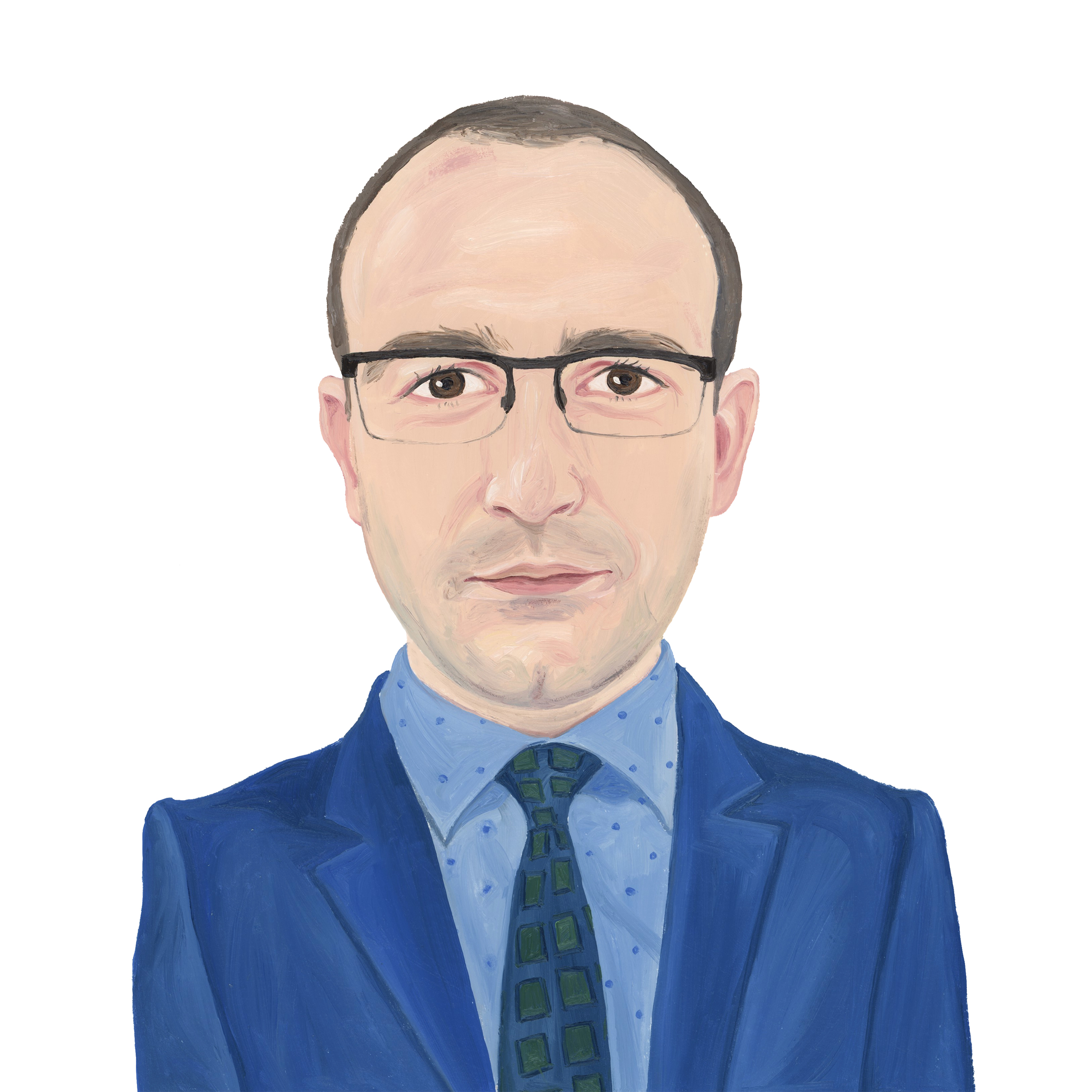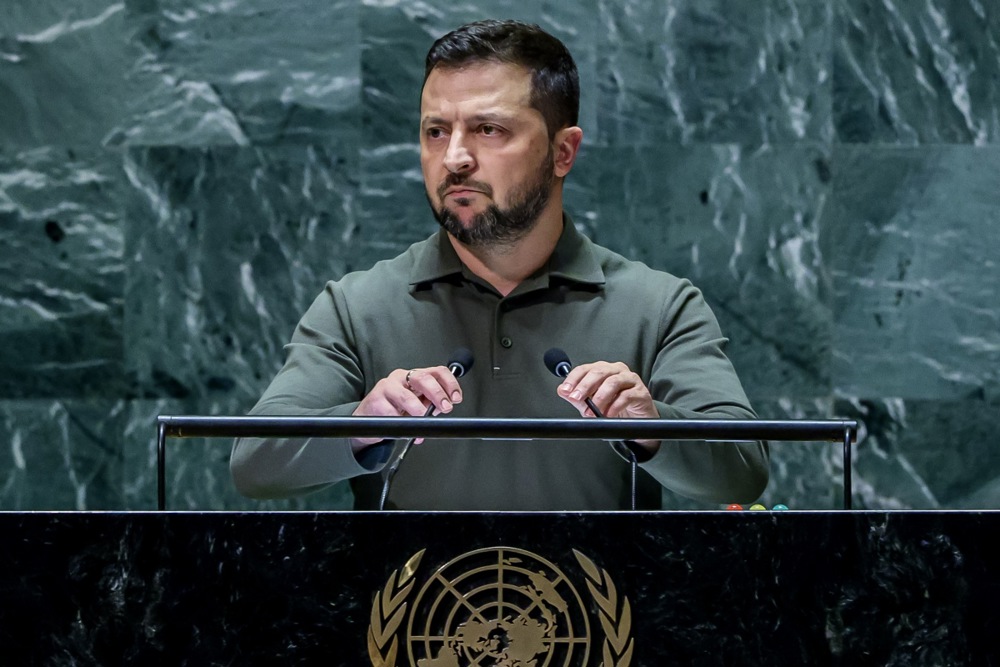The fact that we are living at a time of increasing historical and strategic illiteracy, including among political leaders and so-called experts, can hardly be disputed. The briefest look at the level of discourse on defence and foreign policy affairs even during the Cold War, let alone in the days of Churchill, Salisbury or Palmerston, will reveal how far the quality of our own debate has sunk and how rudimentary it is by comparison to previous eras.
Where in the past questions of war and peace would invite parliamentary and intellectual exchanges rich in historical detail and knowledge of predecessors’ policies, with an appreciation of strategic cultures and substantive political-military realities, today this conversation has become uni-dimensional.
The arguments used to frame and guide important policy prescriptions are, in the vast majority of cases, drawn from an ever-shrinking set of references.
Listen to our “strategic elites” debating the war in Ukraine today or the risk of one with China tomorrow and you’d think that world history has known only one previous episode of growing tensions in a “pre-war” setting.
According to most of what we hear in the public debate on world affairs, it’s always the 1930s – and especially 1938, with its ever-present “lessons” about Munich and appeasement (a concept often misunderstood to the point of caricature by most of those who invoke it). And of course, the villain of the day is always Hitler reborn.
Some of the more sophisticated sages of our times venture so far in the display of their wisdom as to pick some other year from that last interwar decade than ‘38. They might indicate that today’s situation is in fact more like 1936 (when Hitler marched into the Rhineland). A few voices of those brave enough to really think outside the box might even venture to suggest 1935 (which saw the decisive Nazi move towards rearmament) or 1937 (with the help given to Franco in Spain).
All this works like a charm in the public conversation, particularly as regards Russia today. But China presents some difficulties; for obvious reasons it does not fit very well into the 1930s framework. So, in a similar fashion, the experts reach for the next best thing under the lone lightbulb (rather than sun) of their knowledge, i.e. the Cold War. This is Cold War 2.0, we hear ad nauseam from all quarters.
Graham Allison’s Destined for War, which (horror of horrors) proposed an analogy from antiquity (today essentially an unknown world to most decision-makers – ironically, except Boris Johnson), became such an international hit precisely because it was an exception confirming the rule.
This intellectual poverty matters greatly: our future, especially as regards war and peace, is determined by the decisions that emerge from these truncated, ill-informed debates.
In a normal world we should expect that the accumulation of historical experience and the costly lessons of the past would make our generation wiser. And that the incredibly advanced technology available to us, in conjunction with Big Data, would lead to much deeper, nuanced and genuinely creative arguments and opinions on the great strategic issues of the day. But instead, we’re pretty much stuck with Hitler and Chamberlain in 1938.
So let’s step outside the “reservation” for a moment and consider – merely as a passing thought experiment – a heretical proposition. Instead of taking the 1930s as our guide, we might think that the 1910s present a more apt analogy to today.
That was a “pre-war” time too, only that the conflict in question was to be the first, rather than the second, world war.
As regards the international politics of the time, similarities with our age abound. By 1907 two opposing camps, or blocs, had taken shape Europe, the main geopolitical arena of the early 20th century.
The Central Powers of Germany and Austro-Hungary were facing an outer ring of rivals grouped under the banner of the Entente, ie Britain, France and Russia. Beyond these there were a number of yet-uncommitted or in some cases double-dealing players, like the US, Italy, Romania, Turkey or Japan.
Both main camps were busy planning war against each other, particularly the revisionist central powers which rejected the world order that had already been largely shaped, by that point, by the incumbent imperial states run from London, Paris and Moscow.
At the same time, though, and unlike in the Cold War, this highly charged strategic rivalry coexisted with such a deep level of trade and economic inter-connectedness that to many observers a great war had become not as much unthinkable as unworkable – ie economically ruinous, thus, they thought, impossible.
The analogy with the geopolitics of our present day hardly needs explaining. Adjust the pre-First World War European focus to today’s globe-spanning strategic canvas and the Russia-Iran-China trio appears as a re-run of the Central Powers (plus Turkey from 1914 onwards) – but this time centred on the broader Eurasian landmass.
Like their Central predecessors, they face a new version of the Entente ranged on their outerperimeter: from NATO in Europe to the US, Israel and allies in the Middle East and the US, Japan, Australia and other allies in the Indo-Pacific. And as before, even at a time of great tension – and despite sanctions – vast amounts of trade still flows between the two camps, either directly or indirectly. We can also add the “scramble for Africa” into the mix – as much an ingredient of strategic affairs and geopolitical rivalry today as it was in the run-up to the First World War.
Even the rival establishments we confront today bear an odd resemblance to the typologies on display in 1914. The Kaiser, like President Xi Jinping now in China, led a hyper-nationalistic, economically powerful, and well-armed revisionist nation aiming at global dominance. The Austrian Emperor ruled an old, decrepit empire, a patchwork of different ethnicities, with historical claims and ambitions towards both the Balkans and the Polish lands, and with a comparatively poor military — but one that still had plenty of fight left in it.
Meanwhile Turkey, like Iran now, saw itself as the natural hegemon in the Near East but was kept at bay by Britain (a role now played chiefly by Israel) with its fleets and its control of Egypt.
Further analogies to today are to be found in the military field. Manpower and artillery (as well as industrial production) were key determinants then, as we (again) recognise them to be even now.
New weapons had recently been introduced at scale, especially the machine gun, the submarine and the heavy dreadnought battleships, together with railway networks. The Russo-Japanese war of 1904-5 had given a preview of how these might impact a modern battle fought at a larger scale, but the lessons had not quite been absorbed.
In our days the Ukraine war also serves, in some ways, as an experiment in different tactics and for different weapons, including things like drones or electronic warfare. It could well be the war before The War. And some of the most advanced kit today – from high-speed missiles to satellites – is arguably where submarines and airplanes were around 1910 compared to what the next decade brought.
One final analogous dimension with the early 20th century world is worth considering – that of elite culture and public affairs.
The most dramatic – and arguably catastrophic – aspect was the diplomatic dysfunction. The pre-First World War system became locked in “alliance commitments”, with little room to manoeuvre. Worse, this was the high point of the age of “secret diplomacy” (later to be so strongly condemned and repudiated, leading to the Wilsonian follies of liberal internationalism).
There was essentially little public debate (and in some cases not even public knowledge) on the rights and wrongs of certain policies and alignments. A small elite made the big decisions, based on whatever the “Official Mind” of the collective establishment thought best. The way the world descended into war in 1914 was a direct function of this closed-circle, “settled view” of what is best, of course garnished with a variety of perceived moral arguments about national honour and the like.
We have reverted to a very similar situation today. Whether it’s NATO or the European Union, the big decisions – including on joining these structures or not – are taken by elites with little or no consultation of the public will beyond what “polls” are said to indicate. As for the Ukraine war, every step taken – which could have, and still can, produce a nuclear escalation – has been really a matter for the White House and a few other small circles in other governments, with everyone else merely “aligning” on the path pre-defined by the key players.
Copious amounts of “values”-talk have helped to fill in any cracks of logic or common sense, with brute-force propaganda doing the rest.
Political commitments can indeed justify such policies, as they have throughout history; but the point is that in a tight “allied” setting where governments feel “obliged” to each other for whatever reason – rather than putting cold logic and calculation first – there is very little possibility for real dissent. It might be for the better, but it is worth noting the similarity with the pre-first World War way of conducting high level politics.
There is nothing inevitable in this way of operating, as the post-1918 (ie the interwar) period showed. The debate was much more open after Versailles, because in the new age of widened democracy the politics became more closely tied and responsive to public opinion. It may be said, with obvious sense, that this is also what paved the way for populism, particularly in its fascist forms, leading to the Second World War.
The actions of a Hitler or Mussolini were driven to a large extent by domestic political considerations. Chamberlain’s policy was likewise framed to a large extent by British popular fears and views, rather than by sober calculations. So neither formula for the relationship between public opinion and foreign policy can be said to be ideal — but that is precisely the point. We have arguably swung too much to the pre-First World War model of cross-party elite decision-making, and we should be aware of the risks.
So what are we to take from our brief inquiry into a different historical parallel to today?
Firstly, it is hoped that we will all seek to reflect more broadly across the lessons of history when we look for analogies to help us understand our own times. We cannot and should not live forever in Hitler’s world; he cannot be allowed this “victory” and perpetual grip over our deliberations. This reductionist intellectual approach does our public debate no favours. It is also what has contributed to the long string of strategic mistakes the West has made over the past thirty years.
Secondly, we can find in the pre-First World War historical pattern the right reasons to worry about where the world is going. That the risk of a general war in our time is increasingly high, is a matter of evidence; but it is critical that we diagnose the causes more accurately, so we can arrive at better solutions and avert the abyss.
If we think all this is happening because Putin is Hitler and we’re seeing a re-run of the 1930s, that’s a radically different proposition and framing than if we take the pre-1914 world as a closer model to our reality.
The assumptions and historical analogies we operate with will always condition our responses and ability to deal with the challenges we face.
We should make sure we pick the right ones.






The West’s limits: We should back Ukraine to the hilt with money and weapons, but – no Macron – this is not an existential war for Europe